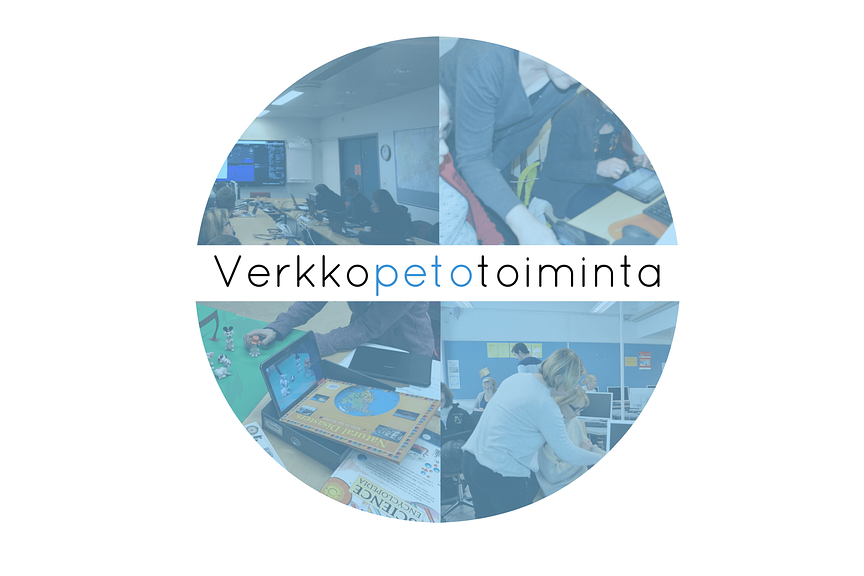Teachers' professional skillsets require constant updating due to the changing world around us. Teachers are the ones who teach students how to face the changing world. They are the ones who are required to learn new things so that they can use them in class.
Digitalization is a rapidly evolving phenomenon affecting people and their environment. A world with more and more technology requires teachers to become familiar with ICT, adopt it and develop their own skills to use it. This is the only way to update teaching to the present day according to requirements and in a pedagogically meaningful way.
Learning new skills requires energy and time, as well as courage. There are also preconceptions towards digital teaching methods and their introduction that it will be difficult and pointless for many teachers. Teachers should be provided with accessible, multi-level training, as well as support in developing their ICT skills and incorporating them into their teaching.
Teacher peer coaching is an excellent way to develop the pedagogical ICT skills of the teaching staff. In teacher peer coaching, ICT skills are taught by other teachers, their peers. These tutors are trained teachers, who have the pedagogical understanding and knowledge of what the challenges and opportunities found in everyday classrooms are. Learning is also easier when the teacher is your peer instead of an outsider who might not understand how classrooms work.
In addition to the actual training, the tutoring teacher will assist teachers in facing unexpected technical problems and provide ideas for using digital tools pedagogically. As a result of sharing ideas and training, a teacher does not have to spend so much time on studying new technologies from scratch.
This innovation shows you how to implement peer coaching both in your local area (e.g. the municipality or school district) and in your school on the more practical level.
The steps include the main stages of getting started and organizing the activity, which can be modified for your area or school. The examples described come from peer coaching in the city of Vantaa.



